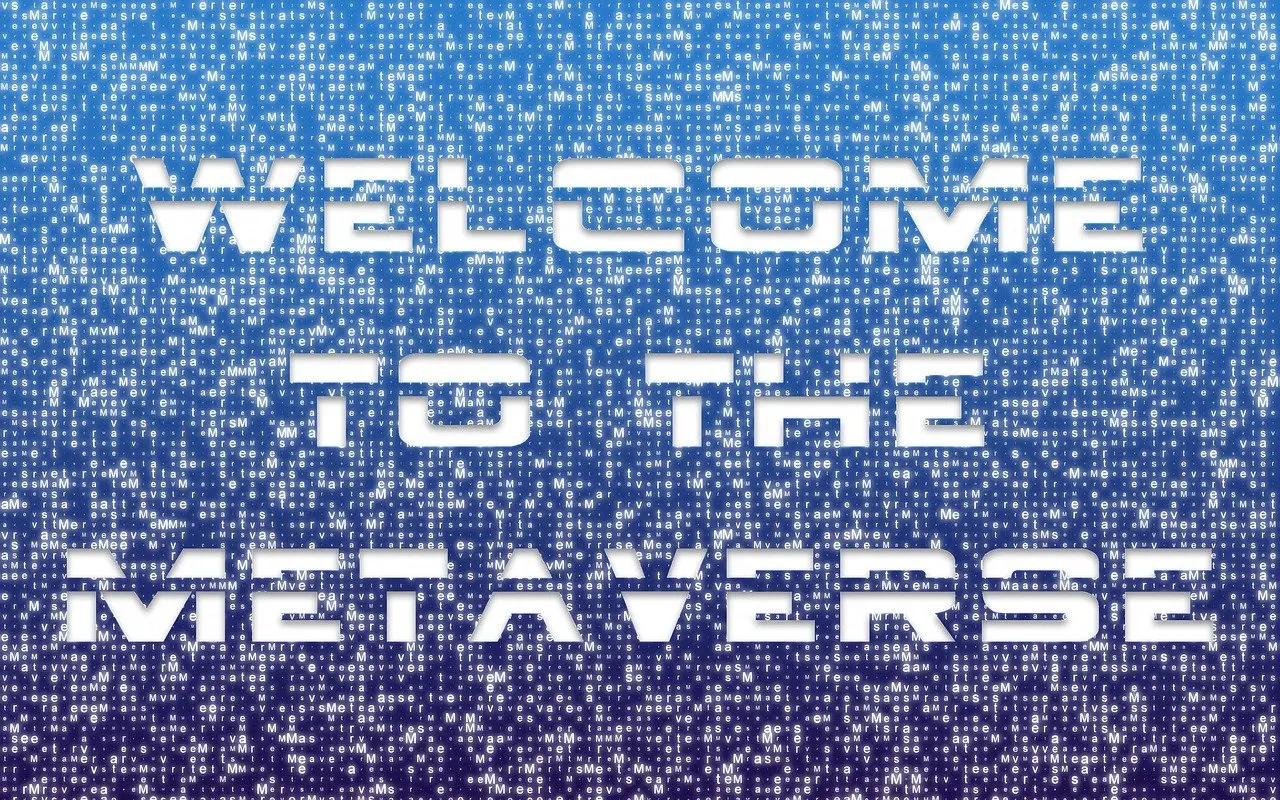Shrinking ROIs and inflation are coming together to create a challenging environment for businesses. Finding a path forward entails realigning marketing spending, starting with taking a hard look at the different assets and channels in your marketing mix.
As many businesses still struggle to recover from the pandemic, high levels of inflation and stagnating markets are creating an even more challenging environment.
In part one of our series on finding a path forward post-COVID, we discussed the changes in marketing post-COVID and how businesses are switching to a digital-first approach. We also addressed marketing challenges like higher costs or the need to adapt to a changing marketing environment.
In part two of our series, we’ll take a closer look at stagflation, shrinking ROIs, and simple tools businesses can use to realign marketing spending strategically.
Stagflation and the bullseye approach
The current economic situation isn’t favourable. Prices keep going up, but economic growth is lacking. For businesses, this translates into a decrease in ROI and ROA rates. 65% of small businesses are considering closing if things don’t improve soon.
CMOS need to be reactive and realign their marketing approach, starting with where marketing dollars go.
The bullseye approach is a simple tool marketers can adopt to understand their marketing environment better and identify the channels and assets with the highest potential ROI.
The bullseye model uses a series of circles that represent different channels. The inner circle represents the core of your marketing assets, with your website, content, and SEO. As we get farther away from the centre, each new ring represents a channel that widens your outreach.
This visualization tool echoes the buyer’s journey. The outer rings will typically initiate the first contact via a campaign designed to increase awareness, and prospects will gradually move closer to the centre of the bullseye as they connect with your brand and consume more content.

Core assets: Build a strong foundation with content marketing and SEO
At the centre of the bullseye, you’ll find marketing assets that include your website, official app, blog posts, onsite and offsite SEO, and more.
These are assets that you own. You have developed this content and own the platform where you publish it. It’s important to establish the distinction between owned, earned, and paid content:
- Owned content is the result of your content-creation efforts. Focusing on owned content allows you to build a repository of resources.
- Earned content comes from users. It’s organic, but you don’t have control over creating it. Earned content is great for social proof.
- Paid content refers to your paid outreach efforts, including PPC, partnerships with influencers, promotions, and more.
In a marketing environment where stagflation prevails, owned assets become more important than ever. A library of owned assets provides you with resources you can use to keep generating leads with little additional investments required. It supports a scalable model, and the more you invest in content and SEO, the more you’ll get back over time.
A marketing mix that prioritizes spending on owned assets can insulate your business. It will result in a strong online presence that protects you from new competitors. Plus, you’ll have existing assets to fall back on if you need to cut your marketing budget in the future.
Many businesses are adopting this strategy, with 42% of organizations increasing their content marketing budget. It’s a significant trend, with businesses increasing their spending on marketing by more than 10% on average. SEO is also a priority for 34% of businesses.
First ring: Reach out and nurture with email marketing
Email is a publication channel for your owned assets. It’s also a channel you can use to funnel traffic to your website and nurture leads as well as existing customers.
Email is the first ring in the bullseye model since you can reach out to recipients at any time once you establish initial contact.
For 47% of marketers, email remains the most effective channel for conversions. Focusing on emails is also an opportunity to deliver the kind of personalized experience that 71% of consumers expect with strategies like segmentation.
Second ring: Connect on social media
As you get farther away from the centre of the bullseye, you’ll find a ring for social media. Social media can include a mix of owned, earned, and paid content.
It’s a publication platform to share your content with fans or followers, but it’s also an opportunity to reach out to new users via shares, hashtags, and other features.
While B2C brands focus on trends like influencer marketing or exploring rising platforms like TikTok, LinkedIn remains a staple for B2B marketers. This platform plays a part in 47% of buying decisions and provides you with opportunities to conduct targeted outreach thanks to the data users share on their profiles.
Third ring: Increase awareness with paid ads
Paid ads represent the last ring in the bullseye model. PPC and other forms of paid advertising have the largest potential outreach, with close to 90 billion monthly visits on Google or 2.9 billion active monthly users on Facebook.
However, ROI is generally lower compared to other channels. CMOs can expect to get $2 back for every dollar spent on PPC campaigns, while channels like email marketing typically have an ROI of x42.
Plus, paid ad strategies need to adapt to recent changes regarding the end of third-party cookies. Transitioning to a model that focuses on contextual and interest-based ads leaves many marketers in the dark without any actionable data.

Aligning your marketing spending strategy with the bullseye approach
There are two ways to invest your marketing dollars:
- You can build assets by investing in owned content. This approach unlocks long-term growth and resilience through a repository of resources you can leverage to generate leads in a scalable manner.
- You can opt for buy over build and prioritize paid ads. This strategy can make sense for newcomers in a competitive market who need to increase awareness quickly, but ROI is lower, and you’re taking more risks.
Due to the current climate of stagflation, shifting toward a build strategy and consolidating the core of the bullseye with content marketing and SEO makes sense.
How managed marketing services can help
A managed marketing service can strengthen the core of your marketing mix by identifying opportunities for content creation, developing quality content, implementing SEO strategies, and more. Tempesta Media’s Performics solution is an option to consider if you’d like to realign your marketing mix to improve resilience and boost ROI in the face of stagflation.
Learn more about this service, or stay tuned for part three of our series, in which we will discuss the role of collaboration at the C-level in the context of realigning your marketing mix.










